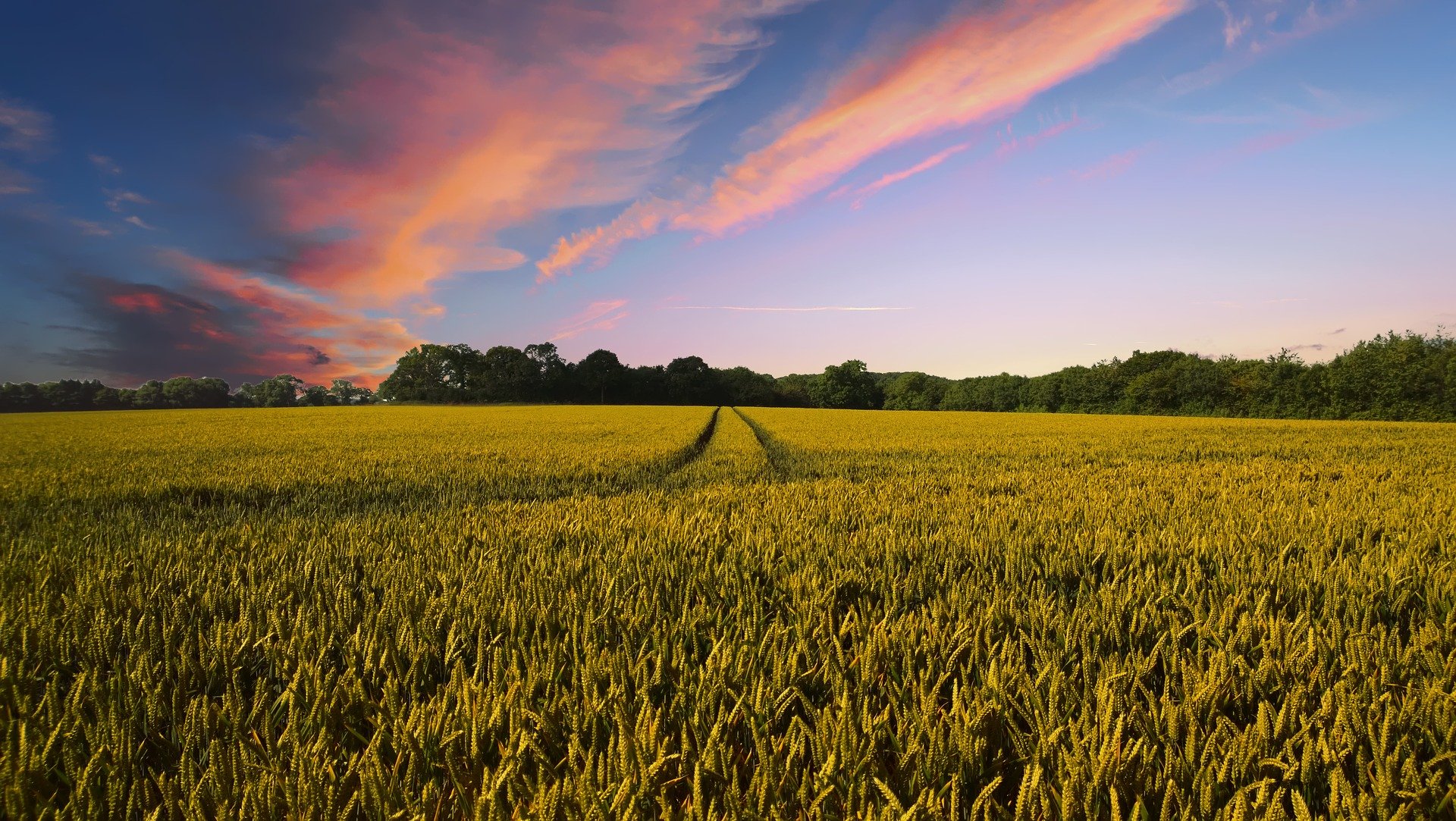
Ōtautahi – Government has released a report from the he waka eke noa–primary sector climate action partnership which is a milestone in New Zealand tackling emissions across all sectors of its economy.
He waka eke noa has delivered its recommendations to ministers on its preferred system to price greenhouse gas emissions from agriculture.
Government should take time to carefully consider the report along with the upcoming advice from the Dr Rod Carr-led He Pou a Rangi Climate Change Commission on the proposals.
The sector and the wider public will have the opportunity to provide their view before cabinet makes final decisions towards the end of the year on how to effectively price emissions.
Customers around the world are demanding higher levels of sustainability in the products they buy, so there is the potential for real competitive advantage here if Aotearoa can get it right and continue moving to sustainable farming systems that are ready to respond to a warming world.
Government has committed almost $380 million over four years to accelerate efforts to lower agricultural emissions. New Zealand urgently needs to cut emissions across all sectors of the economy, including agriculture.
The He Waka Eke Noa partnership has recommended the introduction of a farm-level levy system from 2025 with separate prices for short and long-lived gases, and a shared governance approach to recommending levy rates.
The emissions reduction plan ensures everyone does their bit to reduce emissions. Farmers and growers are key partners in these efforts.
He waka eke noa is a world-first partnership between government, the primary sector, and Māori to equip farmers and growers to measure, manage, and reduce on-farm agricultural greenhouse gas emissions.
More than 60 per cent of farms already know their annual total on-farm greenhouse gas (GHG) emissions. By the end of 2022, all farms will need to know their annual on-farm GHG emissions.

